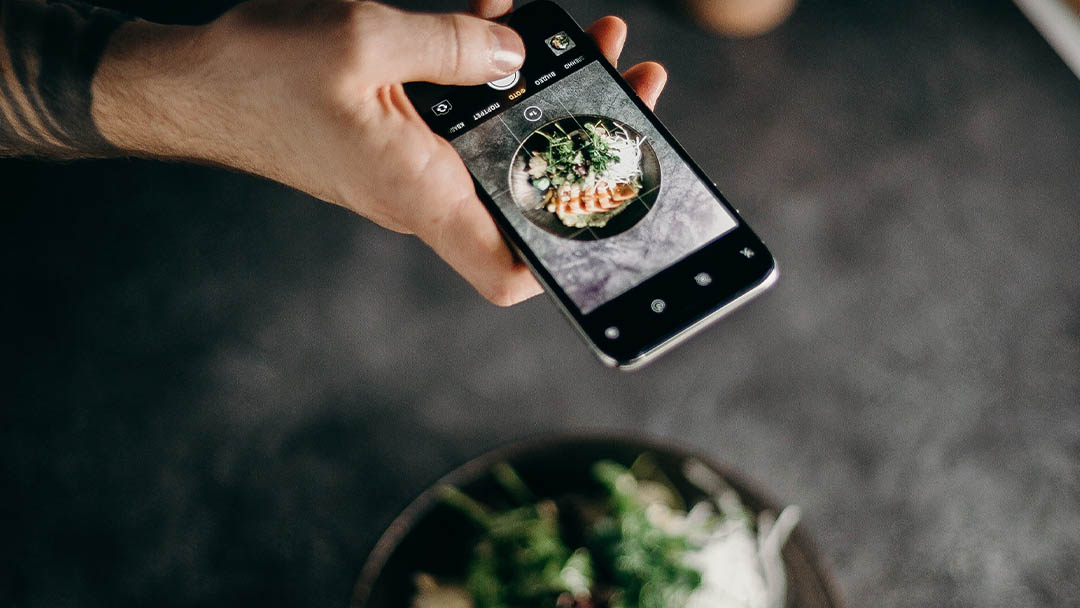
While the Metaverse and Mark Zuckerberg promise a "feast for our eyes" in what we can expect to be the experience of dining in the future, restaurateurs today face some basic but real challenges of getting their name out in an overly crowded and competitive world. Especially for the restaurant industry, the marketing landscape of opportunities keeps on growing wider, and with a large amount of revenue generated by this industry, marketing could be pretty high stakes for many new startups.
People make decisions with emotions, and marketing gurus with big budgets representing large corporations with even larger research and development (R&D) budgets are making sure they leave nothing to chance to keep their dining rooms full.
I've personally seen a shift in our own business strategy for new launches, as we allocate more pre-opening marketing budgets in our projections compared to what we did five or 10 years back. A classic example is our turn-key project, The Hamptons, which launched in 2014. Our focus then was a good brand positioning, communicated with good content on Instagram and Facebook, and we opened to full houses in the first week- in fact, we had to ward off review requests from bloggers, editors, and influencers.
But back then, it was still a developing market with fewer F&B players of caliber, and lesser marketing platforms to worry about. Things have changed today, and our role as consultants and entrepreneurs is to de-romanticize our personal emotions about marketing and allow our brands the basic most fundamental, and essential support of a well-drawn out a marketing strategy with budgets allocated to boosting posts, videos, and advertising on social media.
With this in mind, here are the steps I recommend you take to market your F&B concept:
Build a brand positioning strategy before you build your marketing plan
A lot of people miss out on the foundation of brand positioning. Just like a person's personality is their best and most endearing asset, a brand is chosen for what it represents. I have observed firsthand the joy of successful sustainable F&B launches because strong brand awareness, communications, and content were built into the brand, thus making the marketeer's job more effective. My work with concepts like The Hamptons, Colt, La Serre, Distillery, and, more recently, The Meat Avenue and Oii continue to strengthen my gut and educated experience that brand and content are key to the marketing game. So first, build incredibly visual and engaging content that's authentic and true, then get the world to receive it where they are.
Market with a scalable budget across different digital platforms
It takes multiple levels of exposure for a brand to be seen and recognized. The traditional academic marketing mantra was that we need to be seen seven times to be remembered. With the overcrowded and digitally noisy world we live in, I wouldn't be surprised that this number may have doubled, while our attention span has reduced tenfold. Market on platforms that your target market are on, and be persistent and relentless about repeating your core offerings and core brand values again and again. Build clear measurable and recognizable patterns between your content deliveries. Instagram remains the most popular and effective social media platform for restaurants with creative content. TikTok is people-driven, and it can be a great option for casual one-person-show, chef-driven, or owner-driven brands. Public relations (PR) and listings in all major publications is essential for people to find you when they are looking for a dining option.
Say what you want to be heard within the first 5-10 seconds
Yes, really. Restaurant advertising and content get swiped faster than any other. If it's not motivational or lifestyle-oriented, we have a few seconds to hit the mark. Do this with the right opening music, and your best imagery, and if they've stayed on after the 5 seconds, make sure you get to the point and pitch it within the next 15. After that, it's just a bonus.
Get creative with animation, motion graphics, and videos, as these are the top engagers
There's something about the new generation that's shifting from reading to viewing- I've heard it being called the "voyeur" generation. Whatever it is, let's stay on trend, and reach audiences the way they like to be spoken to, not how we like to say it. While I'm myself an avid reader, I too find some solace and quick fix remedies in Instagram Reels and YouTube videos, especially when I am in a "get-more-in-less-time" mood. As our restaurant industry relies on emotional buys, this method has proven to be very effective, as it can be easily digested, and makes a great impact on a visually inclined market.
Budgets are essential, but they should discipline your marketing spending habits, not stress you to inaction
Many operators new and old either don't budget, or budget too much by the book. It's a journey for us all as algorithms change, and we try to keep up with trends. Just when the marketer finally gets the secret behind what, how, and when to pitch, suddenly, we have a whole new platform or algorithm challenge.
I recommend that astute entrepreneurs stay on top of their budgets not just in the initial stage of allocation, but also on returns on investment, closely watching the performance of initiatives, and staying fluid and pragmatic in their moves to change a strategy that may not be working anymore. Ideally, your budget should be a healthy mix of Google search engine marketing ads, Instagram Post and Reel boosting, and advertising on Facebook and Instagram. If all of this is built like a portfolio of budgeted targets, the impact is across many areas, and they have a better chance to connect.